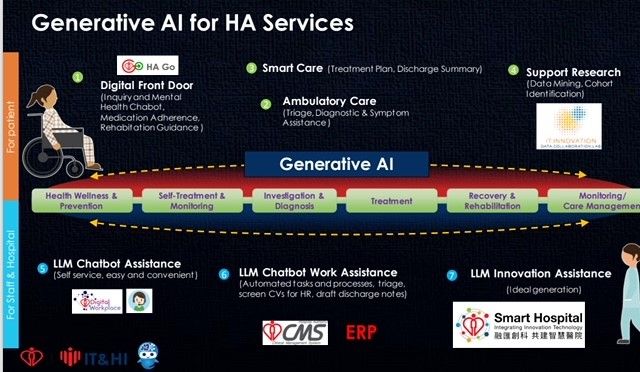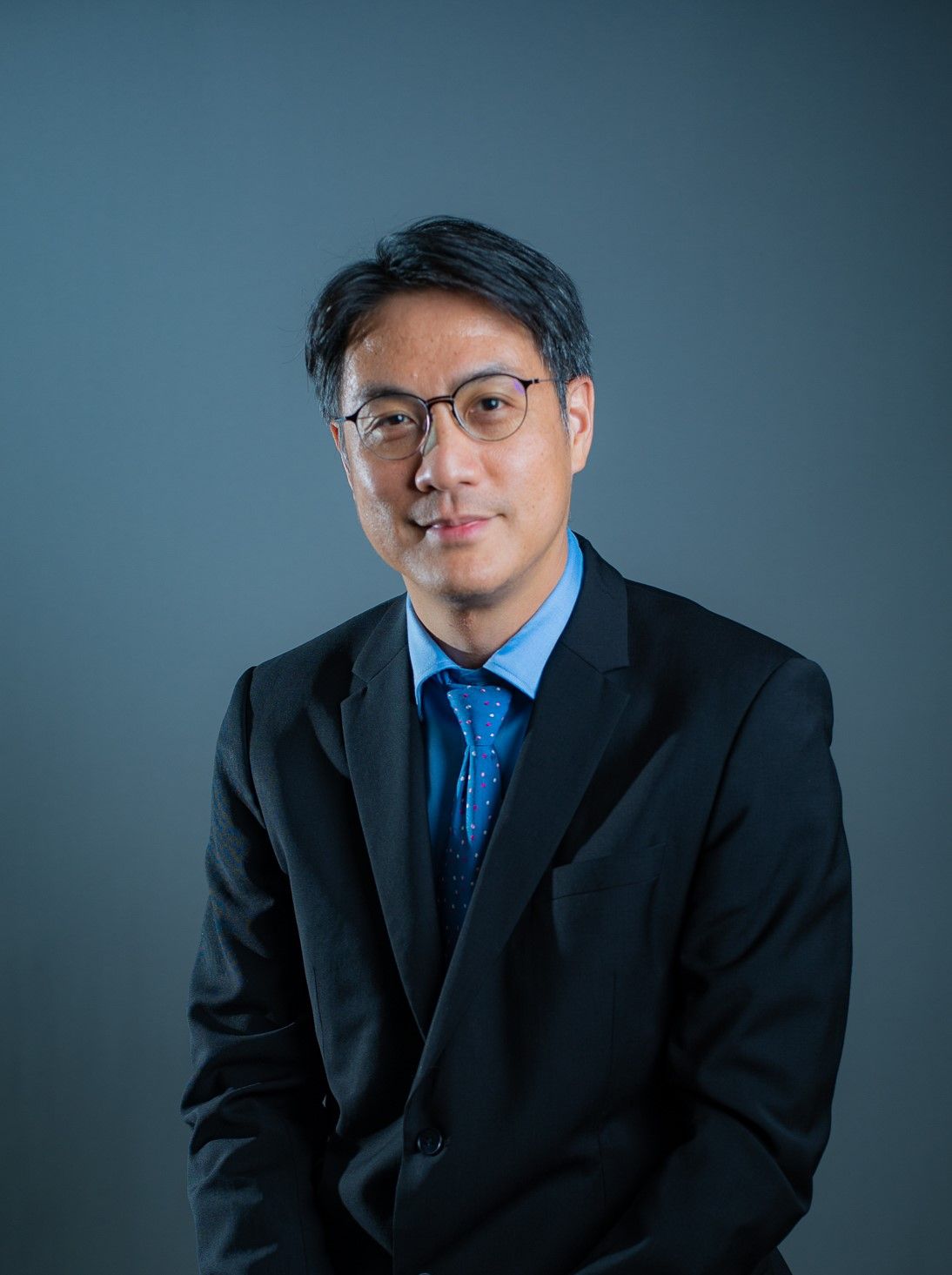Hong Kong’s Hospital Authority (HA) invests in AI to drive efficiency and transform care journey
)
HA has developed 15 AI models for adoption across Hong Kong’s public healthcare sector.
In recent years, Artificial Intelligence (AI) has seen significant expansion in adoption and growth across Hong Kong’s public healthcare facilities.
The exploration of AI – and increasingly, Generative AI (Gen AI) – use cases is a key focus area for Hong Kong’s Hospital Authority (HA), which oversees the 43 public hospitals and over 120 outpatient clinics in the city.
|
|
Part of the team leading the AI endeavour from Information Technology and Health Informatics Division of HA is Mr Dennis Lee, Senior Systems Manager (Artificial Intelligence Systems). He oversees AI Lab innovation and development, where data scientists and healthcare specialists collaborate to develop AI models to support HA services. The success of AI development relies heavily on the quality and volume of data it is trained on. Fortunately for Hong Kong, over the last 30 years, clinical data have been stored in an internally developed Clinical Management System (CMS). |
“HA has one of the richest healthcare databases in the world, because we have been using our in-house CMS for over 30 years across all hospitals in Hong Kong.
“Our Data Collaboration Lab provides data access to universities, academia and other partners to be transformed into applied research. We also use this same data to develop AI models that serve the day-to-day operations of our hospitals.”
So far, around 15 models developed by the AI Lab have been deployed to support different services in various public hospitals. Examples include an imaging model to analyse X-ray images, which currently processes around 2,000 chest X-rays a day, supporting clinical decisions and allowing those with higher risk to be attended to first. Another example are NLP (Natural Language Processing) models that are applied to several lab reports with automated system flagging for timely follow ups. Some 800 reports are processed through these NLP models daily.
AI has also been used in service and operation management via hospital Command Centres, predicting A&E attendance, patient severity of condition over the next 12 hours, length of stay and patient readmissions for advanced planning and capacity management.
Exploring Generative AI (Gen AI) use cases for improved efficiency
The emergence of Gen AI has been touted as a game-changer in many industries, not least healthcare, with its ability to learn underlying patterns in data to generate original, creative content.
The team at HA has already identified around 30 use cases of Gen AI in improving work efficiency in Hong Kong’s public healthcare setting, Mr Lee revealed.
These include back-office related applications, such as a chatbot that answers patient queries via the HA Go mobile app. The chatbot is currently at the testing stage, with a speech-to-text functionality also being tested out.

A Gen AI-driven knowledge base allows office staff to swiftly search through HA documentation, policies and databases for the information they need. The capabilities of Gen AI in query and search are also extended to the data collaboration lab, enabling researchers to mine through years of clinical notes with precise data parameters.
On the clinical front, work is underway to harness Gen AI to reduce doctors’ administrative burdens.
“Doctors do a lot of admin work, such as handling paperwork, preparing medical reports and document queries, and so on,” Mr Lee pointed out.
“There’s a lot of potential here (for Gen AI to help). We do need to think about real-time data integration and fitting everything into the workflow, as well as minimising the possibility of AI hallucinations. As we are serving not just one doctor, but over 6,000 doctors, we have to make sure these solutions are robust, scalable and fail-proof for doctors to sign up to it.”
A pilot trial of this Gen AI use case is planned for end 2024, where the model’s performance and doctors’ feedback will be reviewed before it is further scaled up.
Managing risks that come with AI
To ensure the safe and secure use of such AI solutions, an AI committee made up of HA senior management has been set up to oversee AI adoption principles.
Underneath it is a taskforce looking at various considerations in AI use.
“It looks after many areas, such as how do we build confidence and trust around AI? How do we make sure the data is secure and privacy is protected? How do we design workflows so that humans are in the loop? How do we prepare risk assessment frameworks? These are the things we have to set in place for the technology to move forward,” Mr Lee noted.
Of critical importance is the mitigation of AI hallucination risks, given the consequences of potential errors in the healthcare setting.
“Hallucination is always a challenge for Gen AI; it is unpredictable, and complete elimination of this issue is not possible. Therefore, we need to design workflows that ensure Gen AI’s outputs are always reviewed by a human before releasing the output,” he explained.
“We also want to focus on low-risk use cases first. Our framework to prioritise AI use cases include whether it can tolerate hallucination errors and the impact it can make on its users.”
Reimagining the patient journey with Gen AI
Much like how the mobile phone has evolved over the years to become a ubiquitous piece of technology, Mr Lee foresees that AI and Gen AI will become integral components of healthcare in the near future.
What was considered ‘a myth’ just less than couple years ago, has now been applied across multiple use cases by healthcare organisations around the world, he noted. Its rapid advancement has the potential to transform healthcare as we know it.
“It’s truly exciting. With Gen AI, every month brings new discoveries and innovations that were previously unimaginable. The only limit is our imagination,” he said.
“You can actually reimagine the patient journey. For example, when the patient arrives, Gen AI can help to triage the patient. During consultation, it can help doctors with note-taking. Even after the patient returns home, it can provide patients with a summary of the doctor’s instructions in layman terms, or remind patients to take their medications or measure their vital signs,” said Mr Lee.
“I think this will help the doctor to focus on patient care and the patient to focus on recovery, and eventually help improve patient outcomes.
“The technology is already available, implementing it effectively will take some time and effort in change management. However, within the next three to five years, we should expect to see significant advancements and adoption in this area.”


 Mr Dennis Lee
Mr Dennis Lee